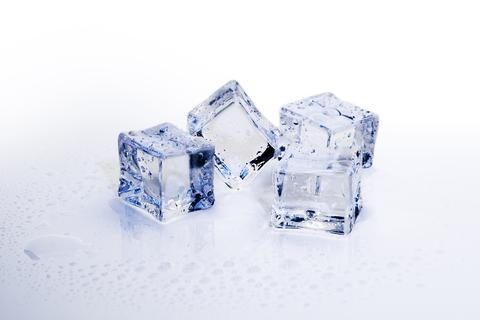
Dr. David Yashar was always interested in finding ways to use practical application of science to improve real systems, so he studied mechanical engineering at the University of Illinois at Urbana-Champaign. He earned his B.S. and M.S. there and then obtained his Ph.D. from the University of Maryland at College Park. He began working at the National Institute of Standards and Technology (NIST) while finishing his doctorate degree and, among other projects, performed research for the Department of Energy to maintain methods to test and regulate energy consumption of refrigerators and freezers.
Domestic refrigerators consist of an insulated cabinet and a cooling system that removes thermal energy (heat) from the cabinet. The cooling system operates intermittently to keep the temperatures inside the refrigerated and frozen compartments close to their desired storage temperatures; i.e., it turns on and off when the when the temperatures deviate from their setpoint. This on and off cycling of the cooling system is needed to maintain stable storage temperatures.
Many domestic refrigerators are equipped with automatic icemakers. These icemakers are directly connected to a supply of water and they freeze one batch of ice cubes at a time; therefore, these icemakers operate in a cyclic pattern which includes three steps: (1) receiving water from the supply line, (2) freezing that water into ice cubes, and (3) releasing the ice cubes into a storage container.
Dr. Yashar found that if the refrigerator’s cooling system’s cycle and the icemaker’s cycle are synchronized in a certain way, the overall energy consumption would be reduced. This discovery is based on a practical implementation of the second law of thermodynamics, which states that the process of removing heat from the water/ice cubes will be more efficient when the cold air around the icemaker is close to its temperature. Dr. Yashar received a patent on his design of synchronizing the two cycles, which has been shown to save up to 15% of the energy attributed to icemakers. This invention benefits the American consumer by allowing them to buy products with an icemaker that will save money on their electric bills, and best of all, doesn’t require any additional hardware to make this happen.
The lab-to-market (L2M) initiative was identified as an administration priority and funded by Congress to increase the economic impact of federally funded research and development by accelerating and improving the transfer of new technologies from the laboratory to the commercial marketplace. Dr. Yashar’s project is a perfect example of the L2M initiative that is of utmost importance of NIST and other federal laboratories.
In addition to Dr. Yashar’s prominent role as Deputy Chief of the Energy and Environment Division of the Engineering Laboratory at NIST, he is also the Chair of ASHRAE's Research Administration Committee, which oversees research related to building systems, energy efficiency, indoor air quality, refrigeration and sustainability. He is also a recipient of the 2009 Department of Commerce Silver Medal for Scientific and Engineering Achievement. For more information on Dr. Yashar and his 40+ publications, go here

